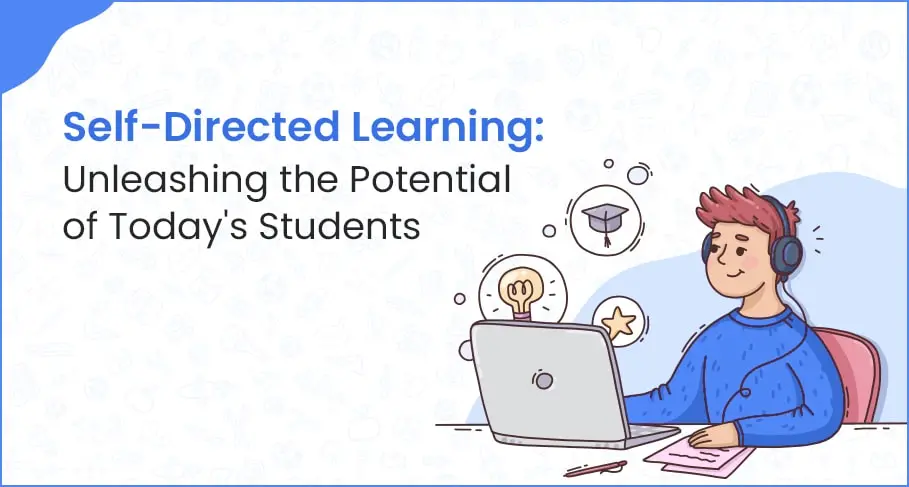Millennial students were the best followers with self-management skills. When millennials like myself were in school, the best students were usually those that possessed the best self-management skills. When a teacher gave them a problem, even complex ones, the best students were able to arrive at the desired solution skillfully. Quickly. With minimal error.
These top millennial students were disciplined, i.e., they had good enough emotional regulation to stay on task and control impulsive behaviour. They could delay instant rewards and instead put in work for a better reward at a later time. We were good at planning – organising time and resources. We developed good memories. We learned what was taught to us quickly. We were motivated (either self or extrinsically).
The world was only just emerging from our industrial, mass-production habits and slowly moving into the age of information. It seemed good enough to be a follower with excellent self and process management skills.
21st Century Students must be the best leaders of their own learning with self-direction skills.
In today’s world, we still need these self-management skills, but they are not enough. We are sprinting into the new world of information. We are immersed in technology, automation, and AI. We can’t just be great at following procedures or synthesising information. We have computers to do that for us more efficiently.
Today’s students need to be prepared for solving complex problems with unknown solutions. Further, many of these problems themselves are poorly understood. These problems will require students to leverage computers for known solutions and use their minds for the things that computers are limited in – CREATIVITY: asking imaginative questions, creating original work, AND HUMANITY: ethical decision making, building productive relationships and collaborating with diverse people.
The big upside of today’s landscape is that, more than ever before, we can empower more people to pursue work that is fulfilling.
Instead of most people having to fit into cookie-cutter jobs, we can have more motivated individuals engaged in diverse work that is personally meaningful. They can have more autonomy and creativity in their jobs. This also means that we need to prepare individuals for the new landscape. Students need to move from being excellent followers of teachers to excellent leaders of their own learning. For this, they must have self-directed learning skills.
What is self-directed learning?
Self-directed learning is a process of learning in which students take ownership of their work. They set meaningful goals for themselves, plan for them, implement them by taking action and then reflect on their action and learning.
Self-direction is essentially self-management with an additional layer of student agency. Learners make choices about what they will learn and how they will learn. They are responsible for their progress, learning from their failures and their successes. They are continuously adapting and improving. And because they have autonomy, i.e. the power to choose their own paths, they are usually more intrinsically motivated in their learning.
How can Teachers and Parents promote self-directed learning?
Self-directed learning does not mean complete isolation or lack of guidance but rather a balance between autonomy and structured support. There exists a prevalent misconception – that if you immerse a child in a space with rich resources and leave them to explore on their own, they will automatically learn to be self-directed learners and problem solvers. Yes, some children will build independent learning skills in this setting, but this trial-and-error approach is neither sufficiently efficient nor equitable for all students. Learners need Structure with Autonomy. Order with Freedom. Explicit Instruction with Purposeful Exploration.
Here are 4 areas for parents/ teachers to think about when they want to raise self-directed learners.
Build Strong Foundations
For effective self-directed learning, students need strong foundational knowledge and competencies. Students need literacy and numeracy skills to research and process information. They need self-regulation skills like discipline, organisation skills, emotional regulation, grit, etc., to manage their process. They also need 21st-century disciplinary or subject knowledge from a variety of domains that they can use to solve problems. With this toolkit, they can effectively self-direct their own learning.
Provide Opportunities to exercise choice and autonomy
Teachers and parents can promote self-directed learning by offering students opportunities to make choices and exercise autonomy over their learning. This can involve students by giving options for topics to explore, allowing them to choose their own learning materials or resources, and encouraging them to set their own learning goals. By having a sense of ownership and control over their learning, students are more likely to be motivated and engaged, which in turn fosters self-directed learning.
Teach metacognitive processes
Metacognition is the capacity to reflect on and control one’s own thought processes. For instance, the self-directed learning process may be divided into the following steps: Goal-Plan-Act-Reflect. By explicitly teaching children how to organize, monitor, and evaluate their learning, teachers and parents may aid kids in developing metacognitive abilities. Teaching students how to create objectives, break down work into manageable chunks, track their progress, and evaluate their learning may be a part of this. Students may become more self-aware and proactive learners by being supported in metacognitive processes by teachers.
Create opportunities for reflection
Self-directed learning is dependent on reflection. By regularly giving children a chance to reflect on and evaluate their learning experiences, teachers and parents may encourage reflection. This may be accomplished via exercises like journaling, talks in groups, or personal reflection assignments. Students have a greater grasp of their own learning process when they are encouraged to reflect on what they have learned, how they have learnt it, and what learning tactics have been successful or unsuccessful. Additionally, it develops their ability to study independently by allowing students to make modifications and advancements for future learning efforts.
In the 21st Century, it is imperative that we equip our students with self-direction – to take ownership, make choices, and reflect on their progress, fostering intrinsic motivation and adaptability. Teachers and parents play a crucial role in promoting self-directed learning by providing strong foundations, offering autonomy, teaching metacognitive processes, and creating opportunities for reflection. By cultivating self-directed learners, we can equip individuals to thrive in a rapidly evolving world and pursue fulfilling and meaningful work.


